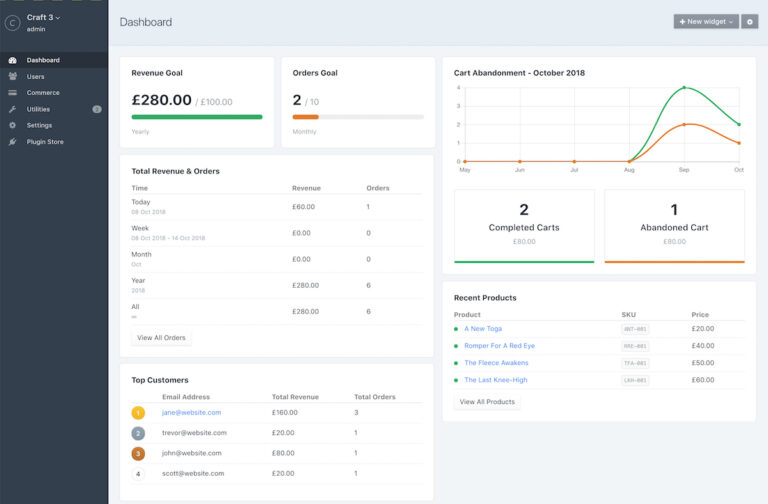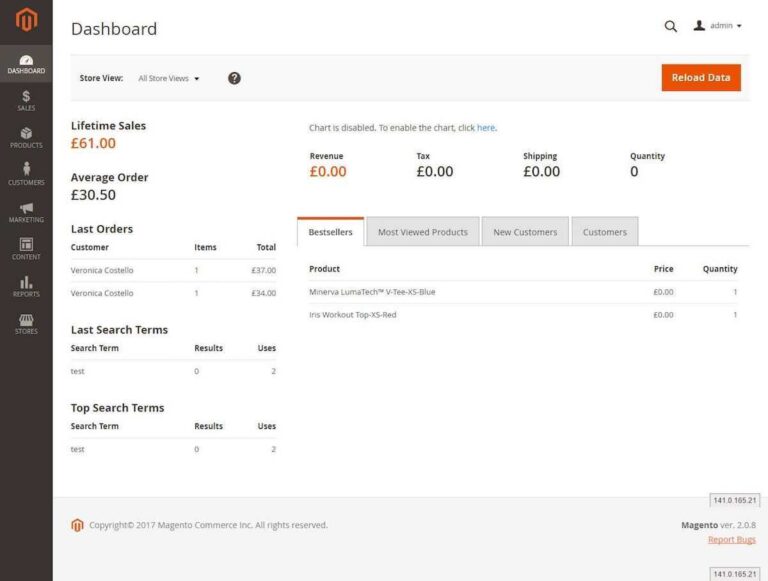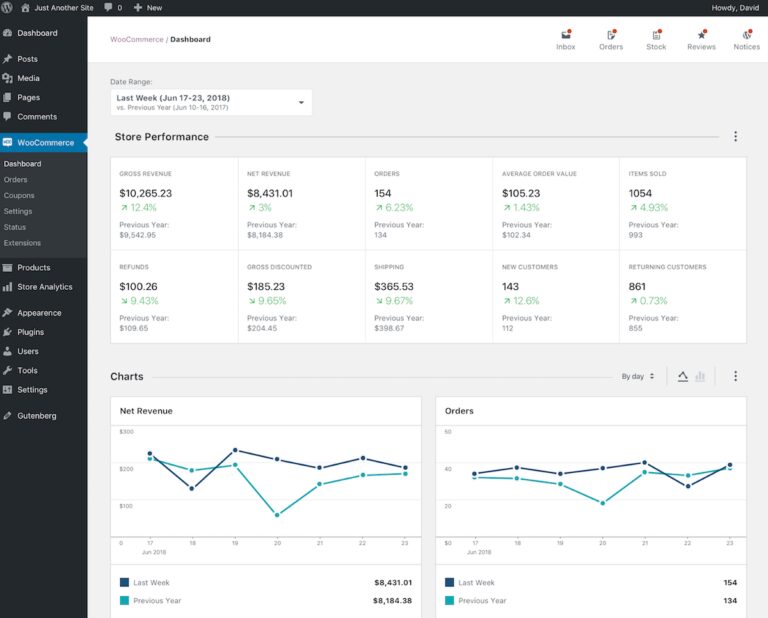Craft Commerce Vs Magento and WooCommerce
6 min read
There are a wide variety of ecommerce solutions available in the market and which one is best for a client is dependent on the specific needs of the project and the long term growth strategy of the business.
Why you should consider Craft Commerce as an ecommerce platform
According to Builtwith, WooCommerce was the market leader for ecommerce platforms in 2017, with 11% global market share, closely followed by Magento at 9% and Shopify at 8%.
Here at Abstrakt, we have clients running online stores on both WooCommerce and Magento. There are many positive things to say about both but many drawbacks too. With that in mind, our platform of choice is Craft Commerce, the eCommerce solution created by Pixel and Tonic, to work alongside Craft CMS.
It is no secret that we are huge fans of Craft; we are official Craft Partners and have been using it pretty much exclusively for website development for over two years. Craft Commerce is, therefore, an extremely natural fit for our development team.
And we’re not alone! Lots of big brands such as Electrolux, Jagermeister and Barefoot Contessa, to name but a few, have built their online stores on Craft Commerce, joining the growing list of international players who have moved onto Craft as a content management system.
Here are just some of the reasons why we favour Craft Commerce for ecommerce projects:

Content driven commerce
Craft Commerce offers a content driven approach that fulfils our need to provide an ecommerce solution that not only delivers exceptional browsing and buying functionality but also powerful content management functionality.
Unlike with Magneto, where in order to add rich content, you need to ‘bolt-on’ a WordPress blog, or with WordPress, where in order to add ecommerce functionality, you need to shoe-horn in a ‘shop’ plugin (such as WooCoommerce), with Craft Commerce content is at the forefront, allowing us to create ecommerce solutions that seamlessly tie together these two essential elements.

Ease of use
One of the biggest reasons our clients love Craft Commerce is simply how easy it is to use. The control panel is non-technical, is intuitively organised and is extremely user friendly.
It's built specifically to fit the project requirements and only contains what is necessary for the client to manage their site, making it easy to locate and manage content. Check out our article ‘Why content managers love Craft CMS’ for more on this. In contrast, Magento has a reputation for being difficult to use and can come with a big learning curve, especially on complex sites.

Customisation
Craft Commerce is template-driven - there are no ‘themes’. Craft developers build from the ground up and don't manipulate existing themes to suit the design or their desired workflows. In our experience of developing complex online stores, off-the-shelf solutions rarely meet project requirements, so with other platforms, developers have to knock themes and modules apart, which is counterintuitive.
In contrast, Craft Commerce offers a well-thought-out foundation upon which one can build. The resulting sites are 100% customised and completely bespoke in terms of both design and functionality, putting the developer in control of everything from product modelling to the customer checkout process to order processing workflows.
Flexibility
Craft Commerce, like Craft itself, is wonderfully flexible and yet simple. Because the Craft interface is arranged in blocks, the client can effectively ‘build’ pages in the content management system, incorporating any of the blocks the developer has made available on any given template.
This gives huge flexibility to the client while protecting the site's overall integrity - clients have control over the order of their content, developers have control over the blocks, and designers can rest assured that their designs will work no matter which blocks are used.
Suppose a new block is identified as being needed. In that case, this can be looked at in isolation by the designer and then added easily by the development team, offering a fast, inexpensive way to iterate a site to optimise for conversion.
Scaleability
Some of our larger ecommerce clients naturally migrate towards Magento due to reputation. Now owned by Adobe and part of the Adobe Experience Cloud, Magento is marketed as the leading enterprise-level ecommerce platform.
As a newer market entrant, Craft Commerce is less well-known. Because of this, there are sometimes concerns on the client side regarding scaleability and maturity of integrations, but nothing could be further from the truth. Commerce 2, released in Beta in April 2018, was completely rewritten for Craft 3 and had all of the advanced tools required for enterprise-level e-commerce (including subscription, one of our most requested commerce features) baked in.
In addition, huge extensibility improvements mean that plugins and modules can do more with Commerce 2 than ever before. Commerce may be newer, but it’s just as strong, stable and scalable as its older rivals and is just as capable of large, complex, bespoke online stores.
Lightweight and fast
As discussed in our article ‘Why we develop websites using Craft CMS instead of Wordpress’ Craft sites (including Commerce) have an exceptionally lightweight code base. Because of the fact that with Craft developers build a site up using only what is needed so suit the project requirements, they are extremely lean and therefore very fast. In contrast solutions such as Magento and Woocommerce (with Wordpress) give users as many options as possible out-of-the-box, which can result in bloated, heavy code and consequently, a slow site.
Support
Last but by no means least is the support and community that comes with Commerce from both Pixel and Tonic themselves and the Craft community. Commerce is a well-thought-out platform backed by exceptional people who have a genuine thirst to constantly develop and improve for both themselves and their agency Partners.
Pixel and Tonic offer an in-depth and comprehensive documentation library and support database, all of which is freely available and it is fast, unlimited and easy to access. In addition, the Craft developer community is growing fast and is incredibly supportive, actively promoting discussion, encouraging knowledge sharing and supporting development queries. Magento also has an open-source version and free community support, but it becomes incredibly expensive (and often cost-prohibitive) if you need real, professional support.
Craft Commerce may not be for every client or every project but it offers a lot of hugely convincing benefits which should be considered when assessing which platform is best for your ecommerce project. If you would like to find out more about the features and benefits of Craft Commerce check out their feature list for an overview or get in touch with our team and to discuss your project and arrange a demo.

Lauren Swarbrick
Lauren has decades of experience forming authentic client partnerships and has a genuine desire to create better agency-client relationships.
She has specialist knowledge in digital strategy and digital branding.
Connect on LinkedIn.
Craft CMS vs WordPress
7 min read

Craft Commerce vs Shopify
8.5 min read
